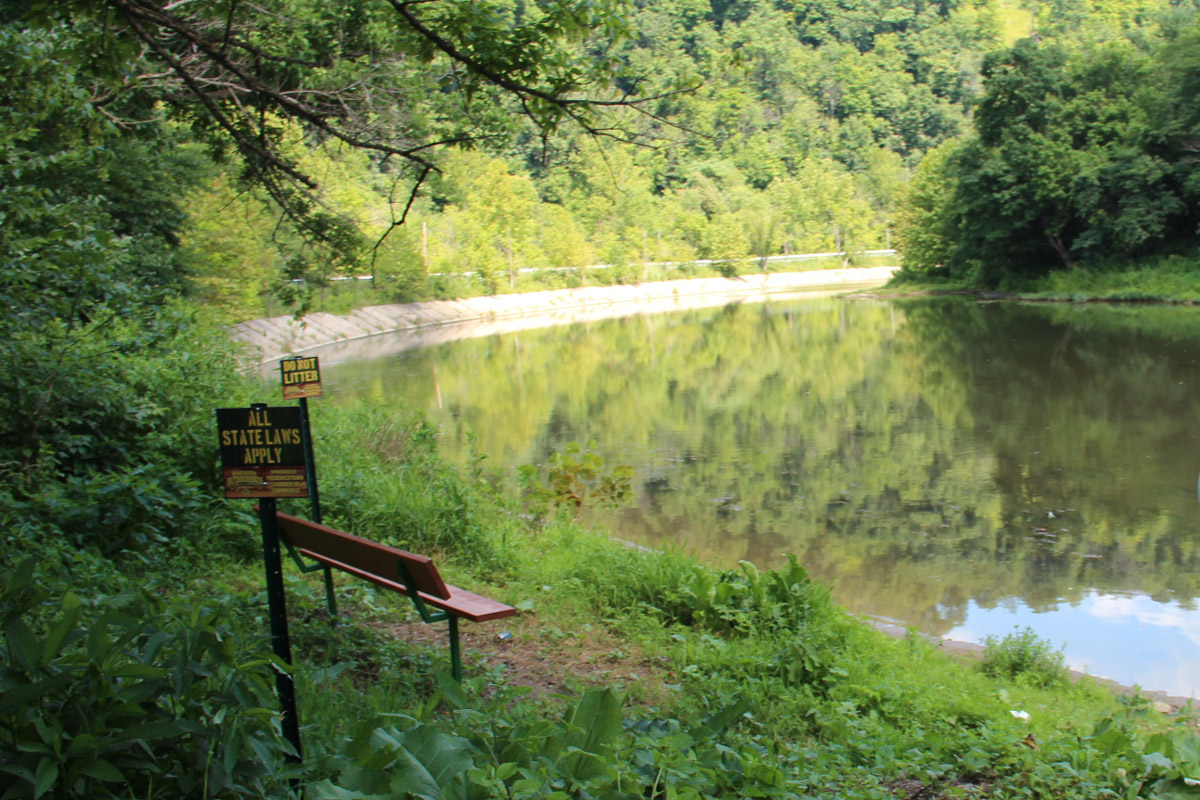Testing at a Greene County stream once suspected of contamination shows it has “no radiation concern,” the Department of Environmental Protection (DEP) announced Thursday.
In April 2014, tests taken by the state showed Ten Mile Creek had high levels of radium, a radioactive material that is naturally occurring. But in a study released in December 2015, the DEP said those tests produced “a false positive” and found the radium levels in the water to be safe. Tests taken this year confirmed the levels were within federal safety standards.
“All water samples were below the EPA drinking water limit of 5 picocuries per liter (pC/L) for radium-226 and radium-228,” the DEP said in a statement. “Any radiation that was detected was consistent with background levels for southwest Pennsylvania.”
“The samples for this study were put through rigorous testing and reached the same conclusions,” said John Stefanko, DEP Executive Deputy Secretary for Programs, in the statement.
The DEP tested the water using EPA-approved methods that are designed to analyze coal mine drainage. The stream contains treated abandoned mine drainage from the nearby abandoned Clyde coal mine.
The DEP was first alerted to the water quality issues at Ten Mile Creek in 2011 by an environmental group, which found high levels of bromides, a kind of salt. Bromides are not typically found in discharges from shallow mines, according to Paul Ziemkiewicz, director of the West Virginia Water Research Institute. But bromides can be found in higher concentrations in fracking waste water.
Ziemkiewicz has been spending the past few years trying to determine the source of bromides in the stream, whether they be from illegal dumping of wastewater, a deep mine pool or something else. “That’s the million dollar question,” he says.
Ziemkiewicz says the DEP’s latest testing for radium confirmed the results his team found last year.

